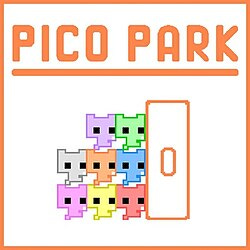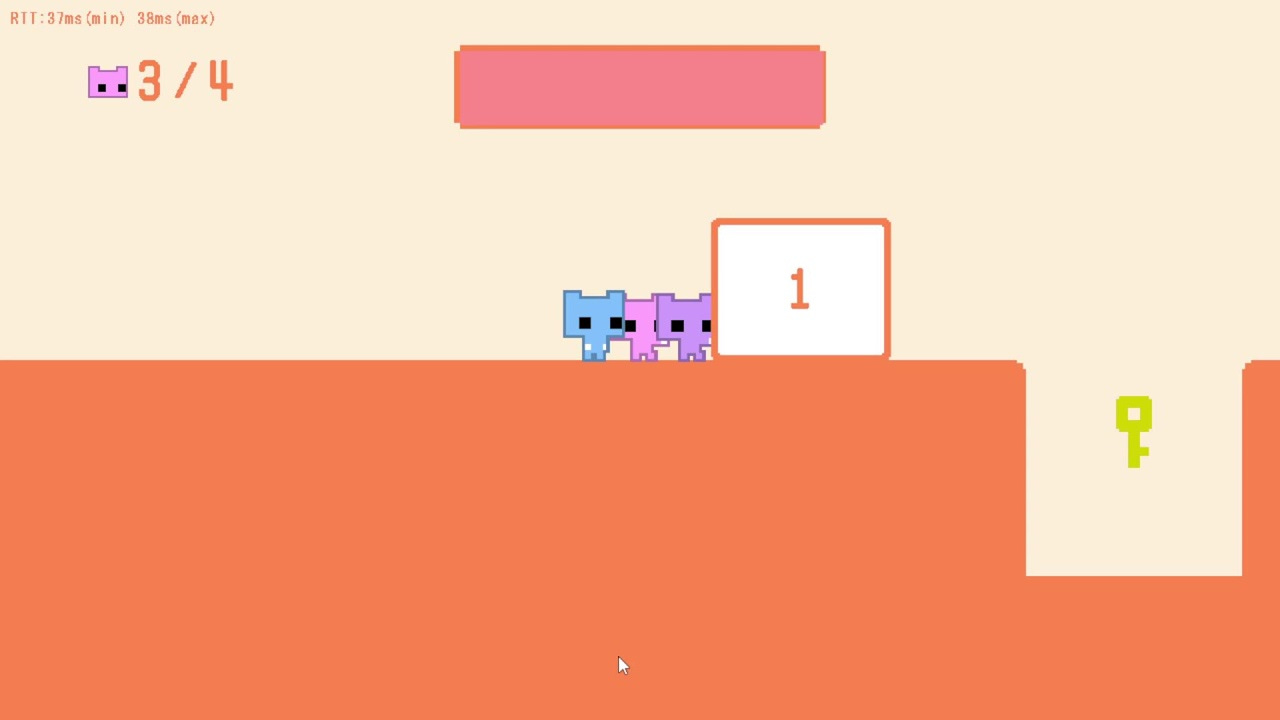It all started with a visit to my brother’s house. “Dude, we gotta play this game,” he said, handing me a Joy-Con. Then he handed controllers to my older brother, my wife, and pretty much anyone in the room. Five people, one screen, and absolute chaos. But somehow, it worked. Even my wife, who doesn’t usually play games, was laughing and shouting out instructions. That night introduced me to a game that I didn’t know I needed—Pico Park.
The Game Behind the Madness
Developed and published by TECOPARK, Pico Park is a minimalist co-op puzzle game that first launched on PC back in 2016. It didn’t make huge waves initially—but word of mouth, YouTube playthroughs, and the rise of party-friendly indie games helped it gather momentum. The Nintendo Switch version arrived in 2021, giving the game a fresh new audience. With its adorable pixel art, simple controls, and devilishly clever level design, it’s easy to underestimate what Pico Park is really about: forced cooperation.
My First Time Playing (And Laughing)
That night at my brother’s house, we quickly realized this wasn’t your average game. You can’t just win Pico Park by being good. Everyone has to be in sync. If one person doesn’t jump, the rest can’t move forward. If someone rushes ahead, they’ll likely pull the team back. That tension—balanced with hilarious visuals and goofy sound effects—creates an unforgettable group experience. Even my wife, a non-gamer, got into the rhythm, following instructions, laughing, and celebrating each victory with the rest of us.
From Couch Chaos to Classroom Challenge
Inspired by how well the game brought people together, I bought Pico Park and introduced it to my students. I was nervous—seven players at once? In a classroom? Predictable chaos. And yes, at first, it was loud and messy. But slowly, they figured it out. They began communicating better, making plans, assigning roles, and cheering when they finally beat a tough level. It was no longer just a game—it was a team-building exercise.
Gameplay Mechanics: Simplicity Meets Strategy
Each level in Pico Park has a clear goal: get every player to the door. But how you get there changes constantly. You might have to:
Stack on top of each other to reach a ledge
Push blocks together
Navigate as a chain gang
Solve timing puzzles that require coordination
One memorable level had everyone tied together by a rope. One person tried to jump, but another didn’t move. They all fell. Laughter erupted. Then they tried again, this time counting down together. On the third try, they nailed it. That moment—the shift from chaos to collaboration—is the heart of Pico Park.
What Pico Park Teaches
Beyond being wildly fun, Pico Park has real educational value:
Cooperation: You literally can’t win without helping each other.
Communication: Players need to give and follow directions.
Cognitive Skills: Planning, working memory, and flexibility are constantly engaged.
Perseverance: Failure is frequent, but progress is rewarding.
For educators and parents looking for ways to build social and problem-solving skills, this game is a hidden gem. It turns a screen into a space for group learning.
Final Thoughts
Not all games make the leap from the living room to the classroom. But Pico Park does, and it does so brilliantly. Whether you’re playing with your family or a room full of students, it teaches the most valuable lesson of all: sometimes, the only way forward is together.
If you enjoyed this post and believe in the power of games to teach and bring joy, consider supporting my Extra Life fundraiser to help children’s hospitals through the magic of play:
https://www.extra-life.org/participant/549127
Let’s keep playing for good.
— Prof. Rock







